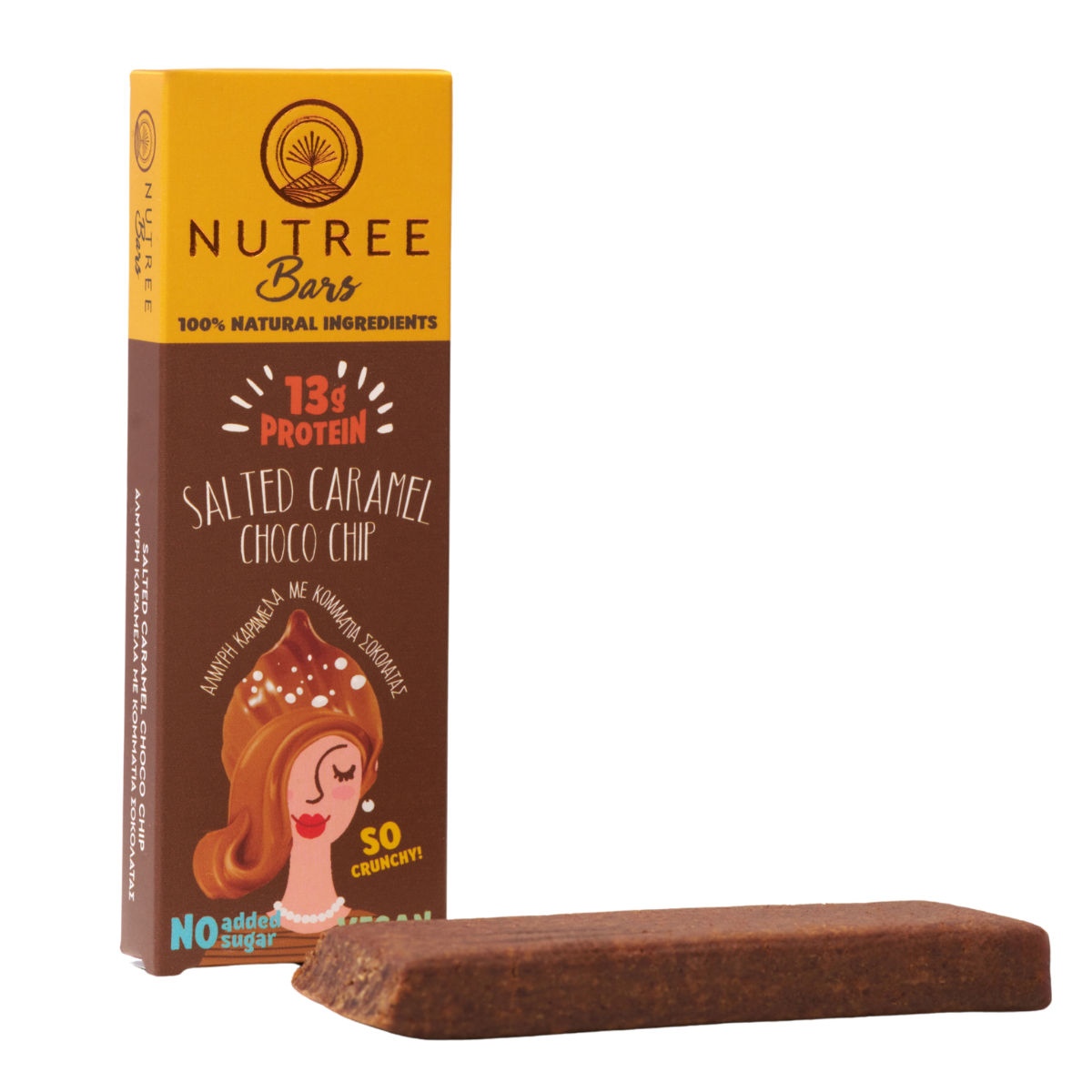Beyond the Protein Bar: How Clean-Label Snacks Are Redefining Functional Nutrition
The Mismatch Between Marketing and Metabolism
Protein bars have transitioned from a niche athletic supplement to a mainstream snack, often marketed as a healthy solution for busy lives. However, a closer look at the ingredient list of many popular options reveals a formulation closer to a confectionery item than a functional food.
This mismatch between marketing and metabolism has led consumers and researchers alike to demand a better alternative: snacks built on whole-food nutrition and scientific integrity.
In response, this demand has catalyzed the emergence of a new category of clean-label, whole-food-based snacks — aligning modern convenience with established nutritional principles for genuine performance benefits.
1. The Hidden Cost of Conventional Protein Bars
Many conventional bars undermine their health claims through their ingredient composition, which can have unintended physiological consequences.
Key Concerns Include:
Glycemic Impact and Digestive Stress:
The use of high-fructose corn syrup, maltitol, and other sugar alcohols is linked to rapid blood glucose spikes and gastrointestinal discomfort, including bloating and laxative effects【1】.
The Ultra-Processed Matrix:
Many bars are classified as ultra-processed foods (UPFs). A landmark review in Public Health Nutrition associated high consumption of UPFs with adverse metabolic outcomes, suggesting that their structure and composition may disrupt energy regulation and satiety signaling【2】.
Low Nutrient Density:
The heavy processing of protein isolates and the addition of artificial flavors and emulsifiers often strips away synergistic micronutrients and phytonutrients found in whole food sources, such as those naturally present in nuts and seeds【3】
2. Defining the "Clean-Label" Standard with Scientific Rigor
While "clean-label" is often used as a marketing term, its principles are deeply grounded in nutritional science — representing a return to minimal processing and recognizable ingredients.
A scientifically sound, clean-label snack is characterised by:
Whole-Food Ingredient Sourcing:
Primary ingredients are identifiable — nuts, seeds, legumes, or whole grains — offering a natural matrix of protein, fiber, and fats.
Absence of Artificial Additives:
Free from synthetic sweeteners, flavors, colors, and preservatives.
Macronutrient Synergy:
Delivers a balanced ratio of protein (for satiety and repair), dietary fiber (for glycemic control and gut health), and unsaturated fats (for sustained energy).
Superior Bioavailability and Tolerance:
Whole-food protein sources are associated with better digestive tolerance and more favorable nutrient absorption profiles compared to highly refined isolates【4】.
3. The Functional Science of Intelligent Snacking
The benefits of a clean-label approach extend far beyond protein delivery — creating a synergistic functional effect.
Appetite Regulation:
Protein is the most satiating macronutrient. It stimulates gut hormones like GLP-1 and PYY, which signal fullness to the brain and reduce subsequent calorie intake【5】.
Metabolic Efficiency:
The thermic effect of food (TEF) is higher for protein than for carbohydrates or fats, meaning the body expends more energy digesting it【6】. Combined with fiber — which slows gastric emptying — this results in sustained energy and avoids blood sugar crashes.
Muscle Protein Synthesis:
Protein provides essential amino acids, particularly leucine, which stimulate muscle repair and growth post-exercise. Studies show that whole-food protein sources can be as effective as isolates when consumed in adequate amounts【7】.
4. Clean-Label Snacks vs. Processed Bars: An Evidence-Based Comparison
The difference between processed bars and clean-label snacks extends beyond ingredients — it's a fundamental shift in how the body metabolizes, digests, and responds to food.
|
Factor |
Typical Processed Bar |
Clean-Label Snack / Bar |
|
Ingredient Quality |
Protein isolates, artificial flavors, syrups, emulsifiers |
Whole-food sources (nuts, seeds, fruits, natural protein) |
|
Impact on Blood Glucose |
High glycemic impact due to refined sugars and syrups【1】 |
Gradual energy release moderated by fiber and healthy fats |
|
Digestive Tolerance |
High potential for bloating and discomfort due to sugar alcohols【1】 |
Better tolerance from minimal processing and natural ingredients【4】 |
|
Nutrient Density |
Often fortified but low in natural phytonutrients |
Naturally rich in fiber, vitamins, minerals, and antioxidants |
|
Satiety Signal |
May disrupt appetite hormones due to ultra-processed nature【2】 |
Promotes satiety through protein and fiber synergy【5】 |
This shift is supported by consumer research in Trends in Food Science & Technology, which indicates growing demand for clean, minimally processed, and sustainably sourced snacks that offer transparent nutritional benefits.
5. Integrating Functional Snacking into a Modern Lifestyle
Applying these principles allows for strategic fueling tailored to your daily needs:
Sustained Energy & Focus:
Balanced snacks with protein, fiber, and healthy fats support steady cognitive performance throughout the day — avoiding the crash linked to sugar-heavy snacks.
Athletic Performance & Recovery:
For athletes, clean-label snacks can serve as pre-workout fuel or post-workout recovery, supporting muscle repair and stable blood sugar regulation.
On-the-Go Nutrition:
Shelf-stable, whole-food snacks provide portable nourishment without relying on synthetic ingredients or added sugars.
Conclusion
The clean-label movement is more than a passing trend — it represents a realignment of food technology with nutritional science.
Evidence consistently shows that snacks made from recognizable, minimally processed whole foods deliver superior results for metabolic health, satiety, and sustained energy compared to highly processed alternatives.
Choosing a clean-label snack isn't just a dietary preference — it's a reflection of nutritional literacy. Every ingredient you choose contributes to how you think, move, and perform.
The future of performance nutrition lies not in artificial complexity, but in the intelligent simplicity of real food, rigorously backed by science.
Ready to experience the clean-label difference?
Explore the RealFUEL+ Nutree range—where every ingredient is chosen for a purpose on nutrition, metabolism and functional fuelling in our ongoing RealFUEL+ Performance Nutrition Series.
👉 Discover Clean-Label Snacking
References
- Katta, R., et al. (2022). Protein bar ingredients and metabolic implications. Frontiers in Nutrition.
- Monteiro, C. A., et al. (2019). Ultra-processed foods, diet quality, and human health. Public Health Nutrition.
- Zinöcker, M. K., & Lindseth, I. A. (2018). The Western Diet-Microbiome-Host Interaction and Its Role in Metabolic Disease. Nutrients.
- Berryman, C. E., et al. (2021). Whole-food protein intake improves recovery and body composition. Nutrients.
- Leidy, H. J., et al. (2015). The role of protein in weight management and satiety. The American Journal of Clinical Nutrition.
- Westerterp-Plantenga, M. S. (2016). The role of protein in energy intake and body weight control. Current Opinion in Clinical Nutrition and Metabolic Care.
- van Vliet, S., et al. (2015). The Skeletal Muscle Anabolic Response to Plant- versus Animal-Based Protein Consumption. The Journal of Nutrition.



